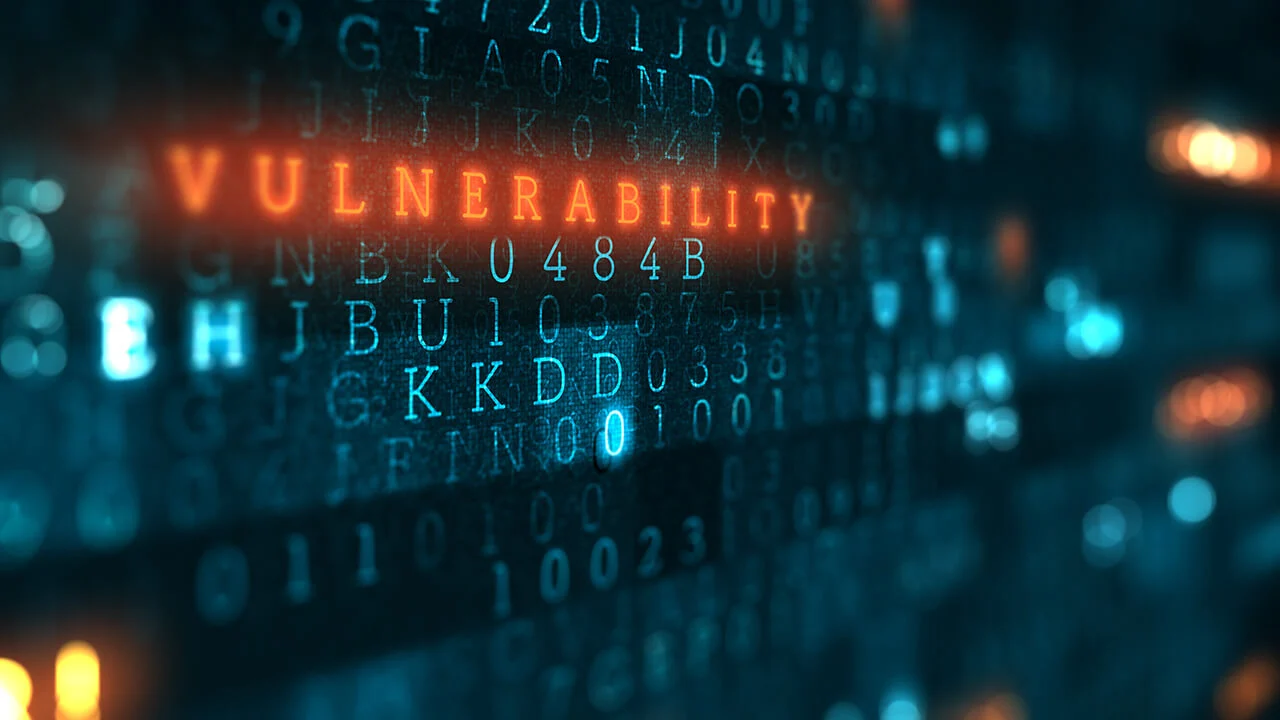EN 55032 Communication System Emission Security Testing
The European standard EN 55032 is a crucial component in ensuring that communication systems meet stringent electromagnetic compatibility (EMC) requirements. This standard specifies limits for radio noise emissions from information technology equipment, which can include telecommunication and broadcasting equipment, data processing units, office machines, and other electronic devices.
The primary objective of EN 55032 is to protect the performance of communication systems by preventing harmful interference between different devices. The standard helps maintain the reliability and integrity of communications in various sectors such as military, healthcare, public services, and commercial operations.
In the context of the military sector, this testing ensures that communication equipment operates effectively under electromagnetic interference (EMI) conditions without causing or receiving unacceptable levels of noise emissions. This is critical for maintaining secure and reliable communications in combat zones where electromagnetic environments can be highly challenging.
The testing process involves several key steps to ensure compliance with EN 55032:
- Identification of the equipment being tested
- Determination of appropriate test limits based on the equipment’s category and intended use
- Setting up the necessary test chamber or an outdoor site if required by the standard
- Preparation of the equipment for testing, including grounding and shielding checks
- Conducting the emissions tests in controlled conditions to measure the radio noise levels
- Evaluating the results against specified limits
- Documentation and reporting of findings
The testing setup typically includes a test chamber or an outdoor site, depending on the equipment’s characteristics. For instance, larger communication systems might require an outdoor site to simulate real-world conditions more accurately.
In addition to the standard tests, additional considerations may be necessary for military-grade equipment due to its critical nature and potential exposure to harsh environments. These include:
- Testing under extreme temperature ranges
- Evaluating resilience against electromagnetic pulses (EMPs)
- Assessing robustness in high-intensity interference scenarios
The results of EN 55032 testing are crucial for quality managers and compliance officers to ensure that the communication systems meet the necessary standards. This testing is also vital for R&D engineers who need to design equipment that complies with these stringent requirements from the outset.
Compliance with EN 55032 ensures not only regulatory adherence but also enhances operational reliability in critical environments where interference can be detrimental. For procurement teams, this standard helps identify suppliers who meet the necessary quality and performance criteria.
Benefits
The benefits of adhering to EN 55032 communication system emission security testing are manifold:
- Enhanced Reliability: Ensures that communication systems operate reliably under various electromagnetic interference conditions.
- Better Security: Protects against unauthorized access and potential interception of communications, which is critical in military applications.
- Compliance Assurance: Meets regulatory requirements set by international standards organizations, reducing the risk of non-compliance penalties.
- Improved Performance: Ensures that communication equipment performs optimally without causing interference to other devices.
- Risk Mitigation: Identifies potential issues early in the development or procurement process, minimizing risks associated with non-compliant products.
By incorporating EN 55032 testing into their quality assurance processes, organizations can significantly enhance the overall performance and security of their communication systems. This not only improves operational efficiency but also contributes to a safer and more secure environment for all users.
Eurolab Advantages
At Eurolab, we pride ourselves on providing comprehensive services that go beyond mere compliance testing. Our expertise in EN 55032 communication system emission security testing sets us apart:
- World-Class Facilities: We offer state-of-the-art test chambers and outdoor sites to simulate real-world conditions accurately.
- Experienced Professionals: Our team comprises highly skilled engineers with extensive experience in EMC testing, ensuring accurate and reliable results.
- Comprehensive Reporting: We provide detailed reports that not only document the test outcomes but also offer valuable insights for improvement.
- Customized Solutions: Tailored testing protocols to meet specific client needs, whether it’s for research and development or production validation.
- International Recognition: Our laboratory is accredited by leading accreditation bodies, ensuring the highest standards of quality and reliability.
Our commitment to excellence in EN 55032 testing ensures that our clients receive the most accurate and reliable results possible. With Eurolab, you can be confident in your compliance with international standards and the performance of your communication systems.
Use Cases and Application Examples
| Use Case | Description |
|---|---|
| Military Communication Systems | Testing communication equipment used in combat zones to ensure it operates reliably without causing or receiving harmful emissions. |
| Medical Devices | Evaluating the impact of electromagnetic interference on medical devices, ensuring they do not interfere with critical communications. |
| Telecommunications Infrastructure | Verifying that new installations and upgrades meet stringent EMC requirements to prevent interference in existing networks. |
| Data Centers | Evaluating the emissions from data processing units to ensure they do not affect nearby sensitive equipment or cause malfunctions. |
- Telecommunications Infrastructure: Ensuring that new installations and upgrades meet stringent EMC requirements, thereby preventing interference in existing networks.
- Data Centers: Evaluating the emissions from data processing units to ensure they do not affect nearby sensitive equipment or cause malfunctions.





